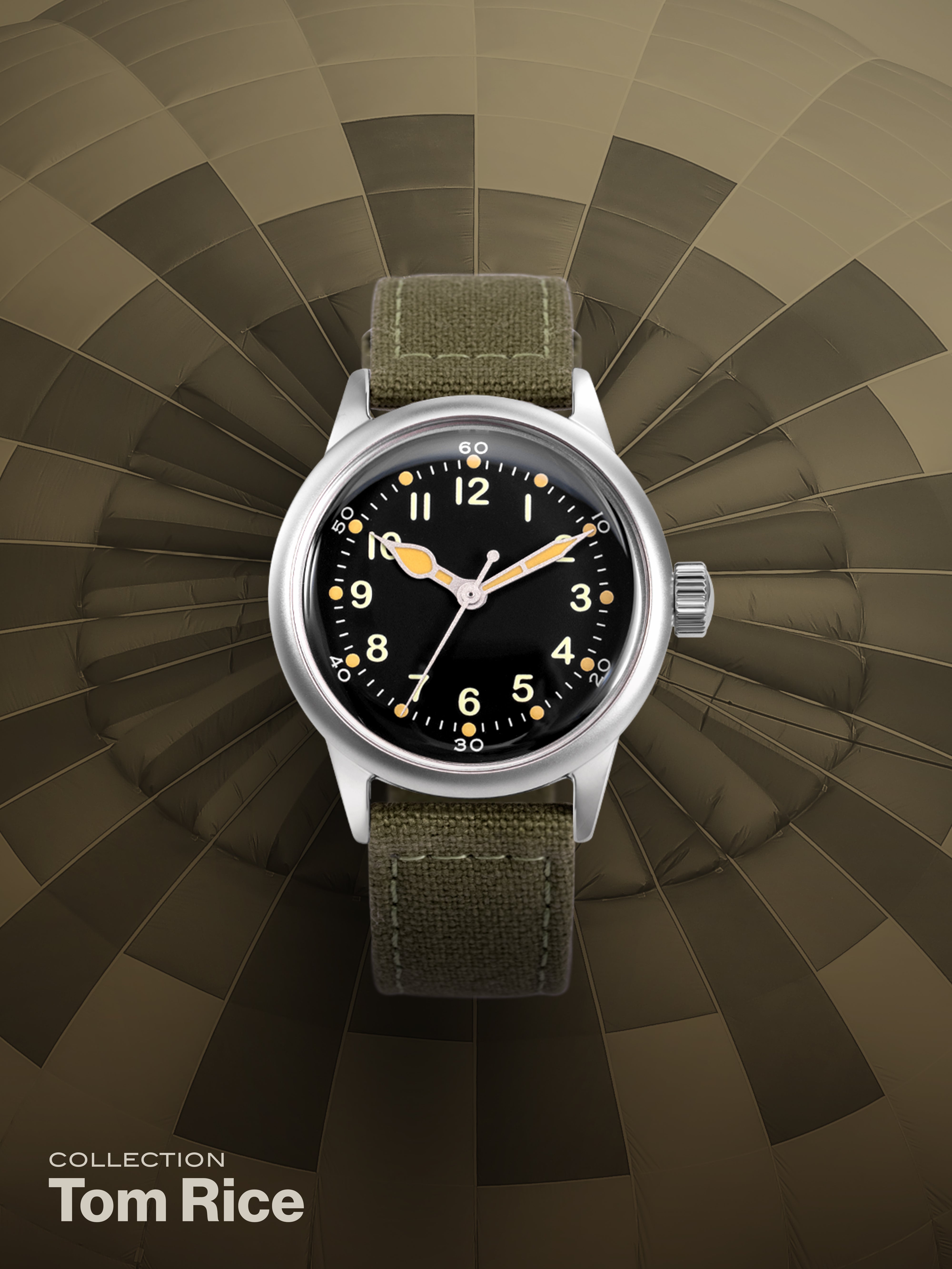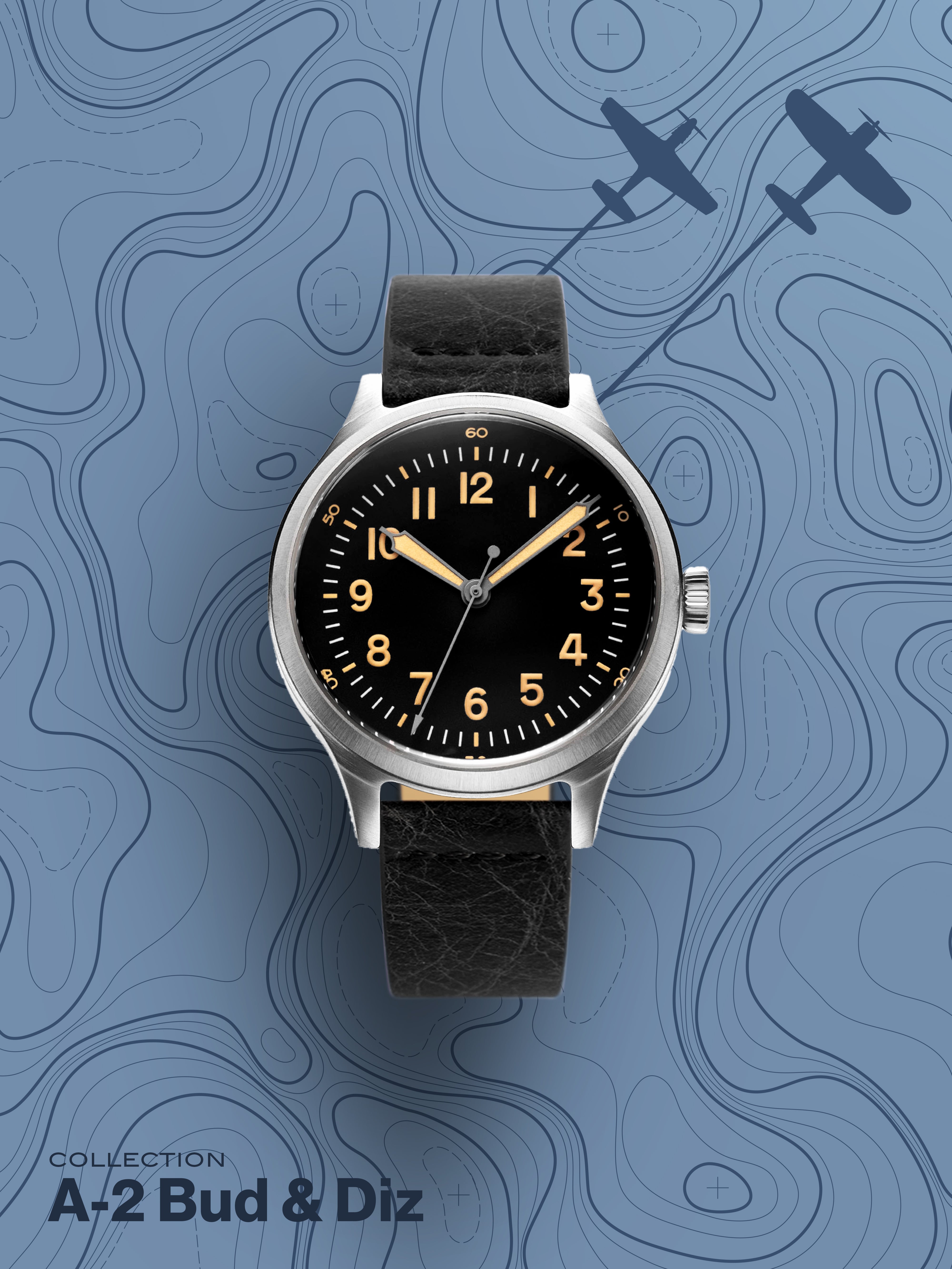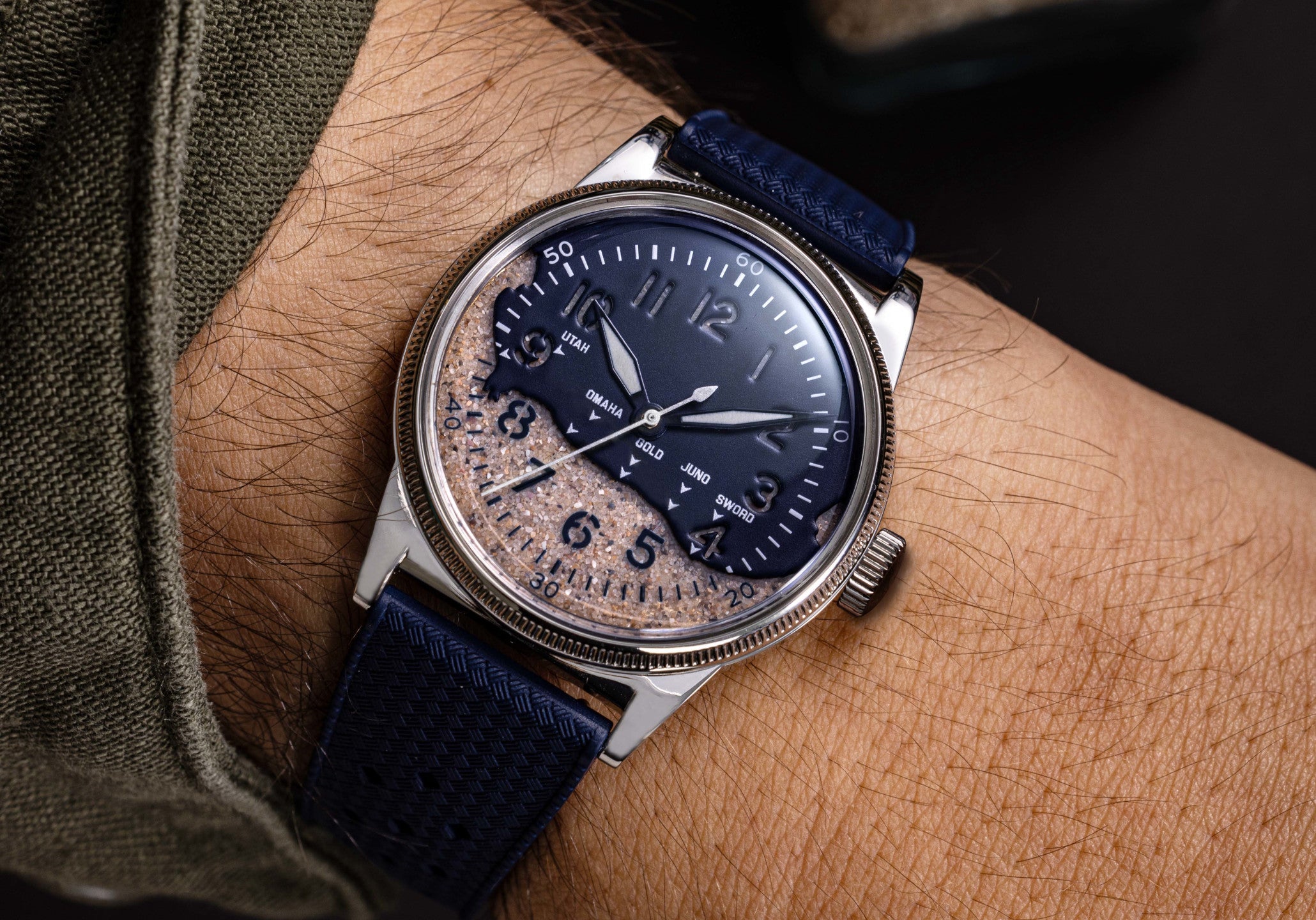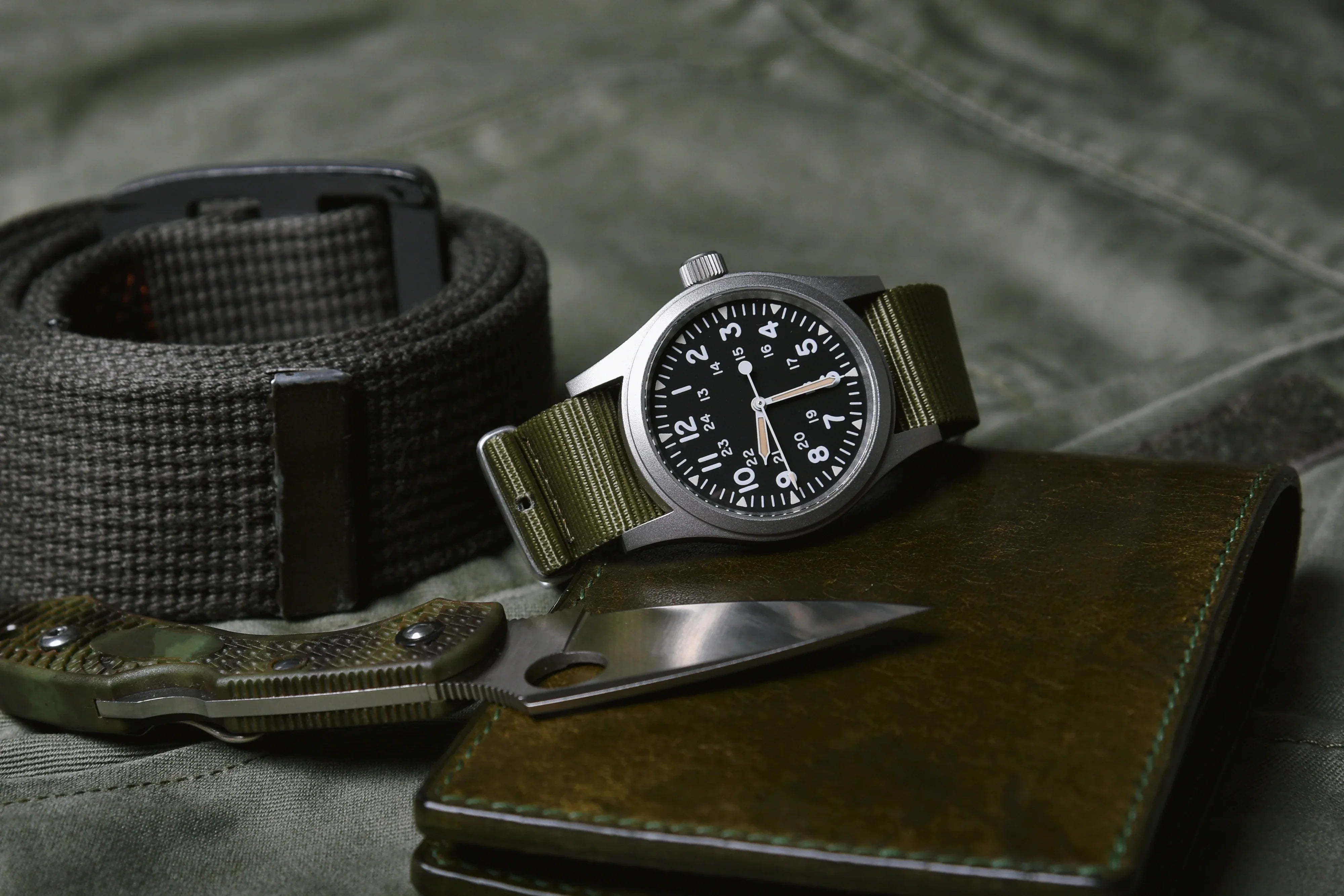The Battle of Iwo Jima: A Defining Moment in WWII History
On February 19, 1945, the United States launched one of the most intense and strategically crucial battles of World War II—the Battle of Iwo Jima. This small volcanic island in the Pacific, roughly halfway between the Mariana Islands and Japan, became the site of the fiercest engagement the US Marine Corps had seen since the start of the war. As a grim reminder of the intensity of action, this was the only battle where American casualties exceeded the Japanese throughout the Pacific Campaign.

The Strategic Importance of Iwo Jima
Iwo Jima, a barren volcanic island stretching just 8 square miles, held immense strategic value for both the United States and Japan. For the Americans, it was a critical stepping stone toward Japan’s mainland, offering a location for emergency landings, refueling, and launching airstrikes. For the Japanese, it was a frontline defense position that served as an early warning station - alerting the Main Islands’ Air Defense that American Bombers were on their way.
As part of the broader Island Hopping Campaign, the capture of Iwo Jima would provide the U.S. a base for launching bombing raids on the Japanese homeland. It also housed two airfields and a network of fortifications that made it a formidable stronghold.

The Japanese Defense Strategy
Unlike previous Pacific battles where Japanese forces focused on repelling beach landings, Iwo Jima’s defense strategy was different. Japanese General Tadamichi Kuribayashi, a tactician and determined leader, constructed an elaborate underground fortress. Instead of trying to prevent the U.S. from landing, his forces—around 21,000 men—were instructed to hold their fire and allow the Marines to land on the beaches unopposed. Fortifications were built to maximize cross-fire zeroed in on those beaches.
The island was progressively turned into a fortress of hidden bunkers, and artillery positions complemented by 11 miles of tunnels. This made traditional assaults nearly impossible with long range artillery & bombing raids virtually ineffective in degrading the Japanese combat capabilities. Kuribayashi’s strategy was to prolong the battle and inflict maximum casualties on advancing forces.
The Invasion: A Hard-Fought Battle
On the morning of February 19, 60,000 U.S. Marines landed on the island after days of naval and aerial bombardment. The moment they stepped onto the black volcanic sand, they did not realize the challenge ahead.
The loose, ashy terrain made movement difficult, and the Marines, having landed in relatively calm conditions, believed the Navy’s bombardment had been successful in muting the Japanese defences. It was only an hour into the landing; after men & materiel had congregated massively on the beach-head that the Japanese opened fire with Machine Guns, Mortar & Artillery Fire. The situation was further complicated by the volcanic ash - rendering it impossible to dig proper fox-holes for Marines to take cover in.
An hour & a half later (11:30 AM), the Naval Construction Battalions managed to bulldoze roads that helped the Marines & their Amtracks to get off the now completely over-saturated beach head. The first of the island’s airfields was now being fought for.
For days, progress was measured in yards. The defenders engaged in surprise attacks from underground bunkers and were able to regularly out-flank the Marines with hidden entrances. Another unique element of this battle was the relative absence of Japanese “Bonzai” attacks - which had been expected by the Marines. These suicide charges would usually be launched under the cover or darkness by the Japanese and, had been forbidden by General Kuribayashi.

Raising the Flag on Mount Suribachi
One of the most iconic moments in American military history occurred on February 23, 1945, when six U.S. Marines raised the American flag atop Mount Suribachi, the highest point on the island. The photograph taken by Joe Rosenthal became a symbol of American resilience, sacrifice, and victory. However, while this event marked a turning point, the battle continued for several more weeks. 3 of the 6 Marines photographed were killed in action only days after the iconic picture was taken.

The Final Push and Aftermath
Fighting raged on as the Marines cleared fortified caves and tunnels one by one. Japanese soldiers refused to surrender, using every means available to hold their ground; all the way down to suicidal strategies. The resilience and determination of both sides is what made this battle one of the most gruesome the Pacific campaign had seen as of yet.
The island was declared secure on March 26, 1945, though sporadic resistance continued as Japanese soldiers kept emerging from hidden tunnels & bunkers. In recognition of their heroism, 27 Medals of Honor—the most for any single battle—were awarded to U.S. Marines and sailors.

Legacy of Iwo Jima
The capture of Iwo Jima played a pivotal role in the final stages of World War II. It provided a critical airbase for American bombers and saved the lives of thousands of airmen who used it for emergency landings. However, its legacy goes beyond military strategy—it stands as a testament to the courage, teamwork, and perseverance of those who fought there.
Today, Iwo Jima remains a sacred place, a symbol of valor and resilience. The battle shaped the ethos of the United States Marine Corps, and its lessons are still studied in military academies worldwide.
As we commemorate the 80th anniversary of Iwo Jima, we honor the Marines and sailors who gave everything on that island, ensuring that their story is never forgotten.








Leave a comment
This site is protected by hCaptcha and the hCaptcha Privacy Policy and Terms of Service apply.